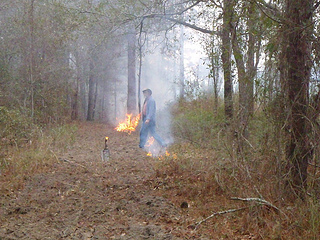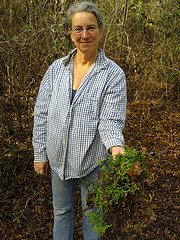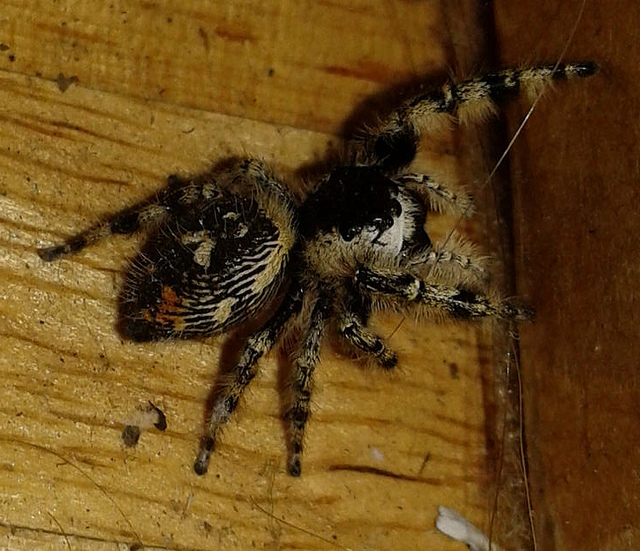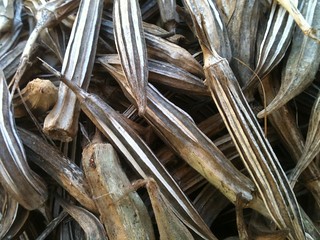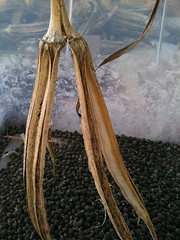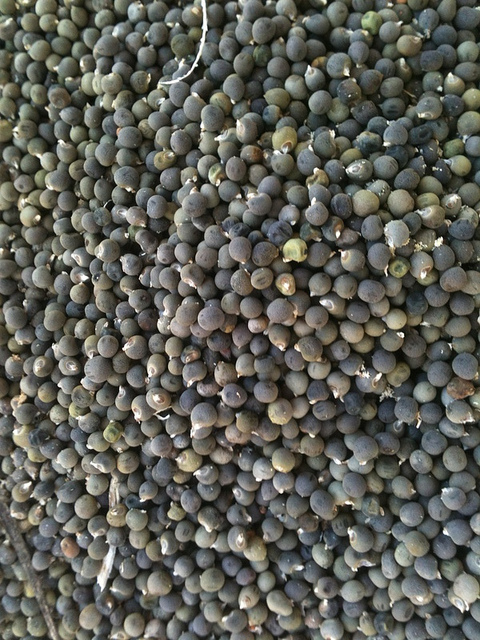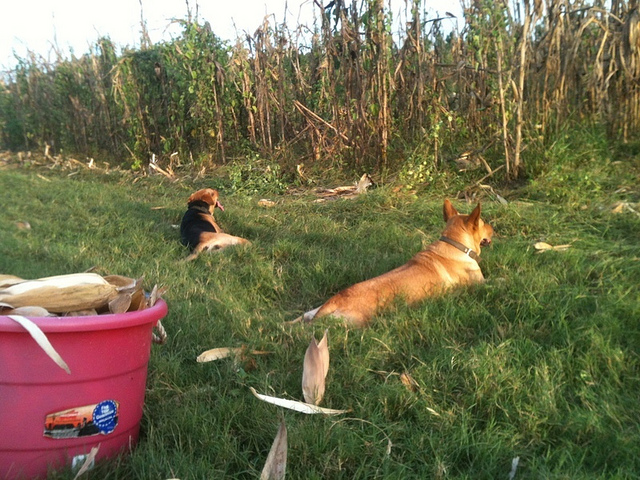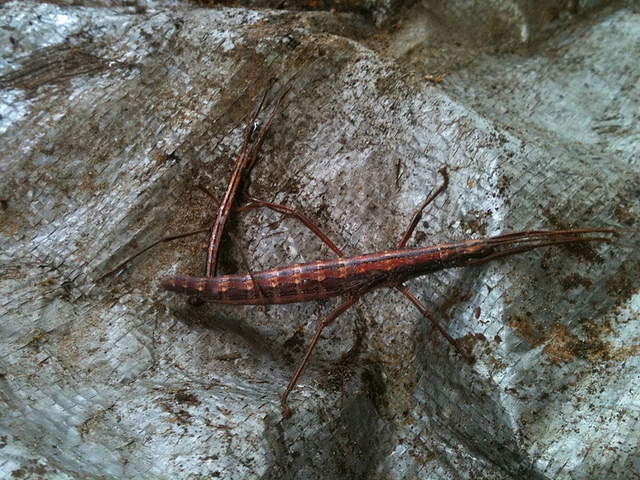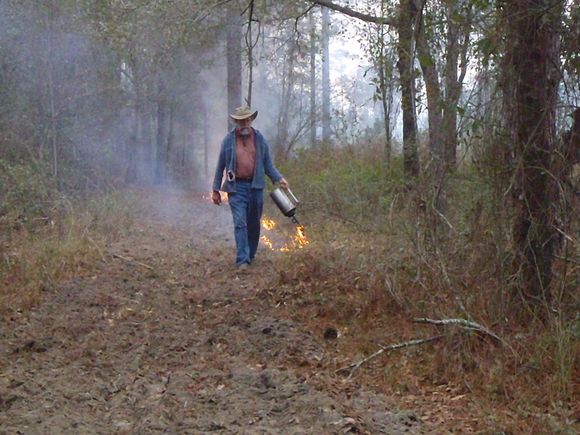
Yearly Archives: 2012
In Midwest, Bringing Back Native Prairies Yard by Yard
http://e360.yale.edu/feature/in_us_midwest_restoring_native_prairie_ecosystems_kessler/2603/
-jsqNative plants in your yard for native wildlife
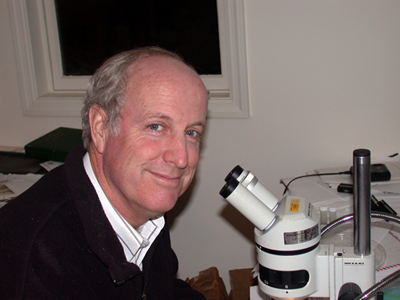 Nature is not something
out there, apart from people.
It never was, and nowadays people have built and farmed and clearcut
so much that wildlife species from insects to birds are in trouble.
In south Georgia people may think that our trees make a lot of wildlife habitat.
Actually, most of those trees are planted pine plantations with
very limited undergrowth, and in town many yards are deserts of grass
plus exotic species that don’t support native birds.
Douglas Tallamy offers one solution:
turn yards into wildlife habitat by growing native species.
Since we are as always remodeling nature, we might as well do it
so as to feed the rest of nature and ourselves,
and by the way get flood prevention and possibly cleaner water as well,
oh, and fewer pesticides to poison ourselves.
Nature is not something
out there, apart from people.
It never was, and nowadays people have built and farmed and clearcut
so much that wildlife species from insects to birds are in trouble.
In south Georgia people may think that our trees make a lot of wildlife habitat.
Actually, most of those trees are planted pine plantations with
very limited undergrowth, and in town many yards are deserts of grass
plus exotic species that don’t support native birds.
Douglas Tallamy offers one solution:
turn yards into wildlife habitat by growing native species.
Since we are as always remodeling nature, we might as well do it
so as to feed the rest of nature and ourselves,
and by the way get flood prevention and possibly cleaner water as well,
oh, and fewer pesticides to poison ourselves.
Douglas Tallamy makes a clear and compelling case in
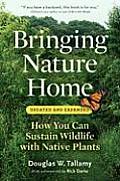 Bringing Nature Home: How You Can Sustain Wildlife with Native Plants
Bringing Nature Home: How You Can Sustain Wildlife with Native Plants
…it is not yet too late to save most of the plants and animals that sustain the ecosystems on which we ourselves depend. Second, restoring native plants to most human-dominated landscapes is relatively easy to do.
Some of you may wonder why native species are so important? Don’t we have more deer than we can shoot? Maybe so, but we have far fewer birds of almost every species than we did decades and only a few years ago.
Some may wonder: aren’t exotic species just as good as native ones,
if deer and birds can eat them?
Actually, no, because many exotic species are poisonous
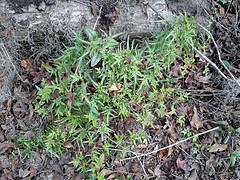 to native wildlife, and because invasive exotics crowd out natives
and reduce species diversity.
From kudzu to
Japanese climbing fern, exotic invasives are bad for wildlife
and may also promote erosion and flooding by strangling native vegetation.
to native wildlife, and because invasive exotics crowd out natives
and reduce species diversity.
From kudzu to
Japanese climbing fern, exotic invasives are bad for wildlife
and may also promote erosion and flooding by strangling native vegetation.
All plants are not created equal, particularly in their ability to support wildlife. Most of our native plant-eaters are not able to eat alien plants, and we are replacing native plants with alien species at an alarming rate, especially in the suburban gardens on which our wildlife increasingly depends. My central message is that unless we restore native plants to our suburban ecosystems, the future of biodiversity in the United States is dim.
Tallamy had an epiphany when he and his wife moved to 10 acres in Pennsylvania in 2000:
Continue readingJapanese climbing fern, Lygodium japonicum
Spider 21 Dec 2012
Okravore supper
Okra for seed
Dogs helping pick corn
Walking sticks
Dr. Elsie Quarterman is 102 years old today
Elsie Quarterman is 102 years old today.
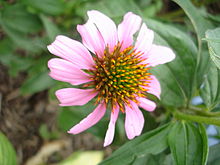 She was born in Valdosta in 1910,
played basketball for Hahira High School,
graduated from Valdosta High School,
got a B.A. from Valdosta State College,
and taught English in Morven, Naylor, Columbus,
Lake Park, and Lyons, Georgia.
She was born in Valdosta in 1910,
played basketball for Hahira High School,
graduated from Valdosta High School,
got a B.A. from Valdosta State College,
and taught English in Morven, Naylor, Columbus,
Lake Park, and Lyons, Georgia.
Dr. Elsie Quarterman got a Masters and a Ph.D. from Duke University in
in botany and plant ecology.
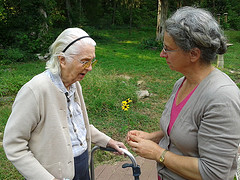 While studying for her Ph.D., she was a professor at Vanderbilt University
in Nashville, Tennessee, where she
was one of the first women full professors and was the first
woman department chair (Biology).
She specialized in the cedar glades of central Tennessee,
including
one now named after her by the state.
While studying for her Ph.D., she was a professor at Vanderbilt University
in Nashville, Tennessee, where she
was one of the first women full professors and was the first
woman department chair (Biology).
She specialized in the cedar glades of central Tennessee,
including
one now named after her by the state.
 There is an annual
wildflower festival
named after her.
She rediscovered the cedar glade Tennessee coneflower, Echinacea tennesseensis,
which previously was thought to be extinct,
but has
since been taken off the endangered species list,
partly due to her work.
Her wikipedia page
has more information about her work and her many honors.
There is an annual
wildflower festival
named after her.
She rediscovered the cedar glade Tennessee coneflower, Echinacea tennesseensis,
which previously was thought to be extinct,
but has
since been taken off the endangered species list,
partly due to her work.
Her wikipedia page
has more information about her work and her many honors.
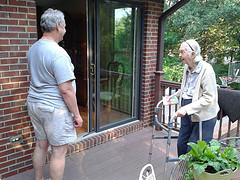 Aunt Elsie still lives in her own house in Nashville, connected to her nephew
Patrick’s house, where Patrick and his wife Ann live and take care of her.
Aunt Elsie still lives in her own house in Nashville, connected to her nephew
Patrick’s house, where Patrick and his wife Ann live and take care of her.
Here is world traveller Elsie in 2006 leading a family group on the Isle of Skye in Scotland:
Continue reading